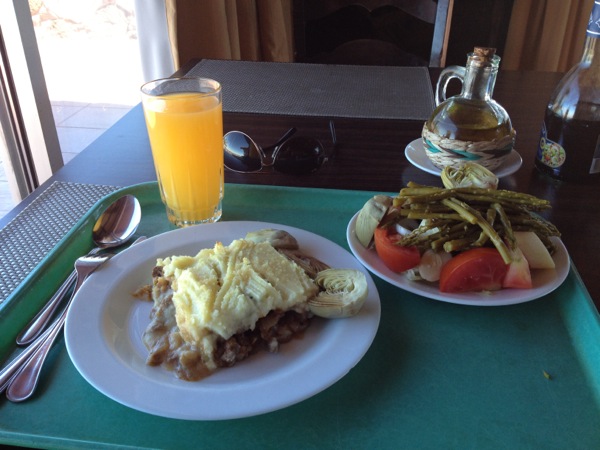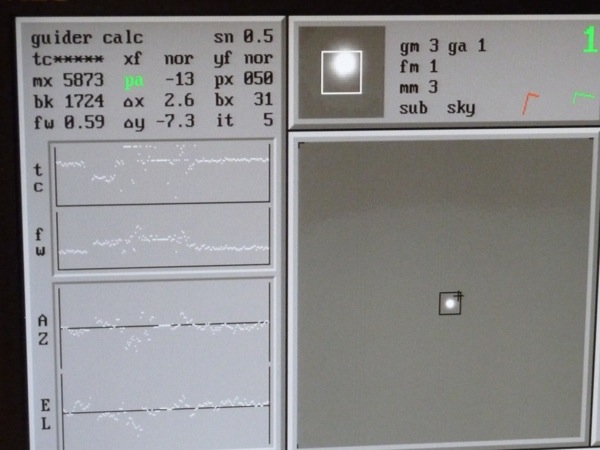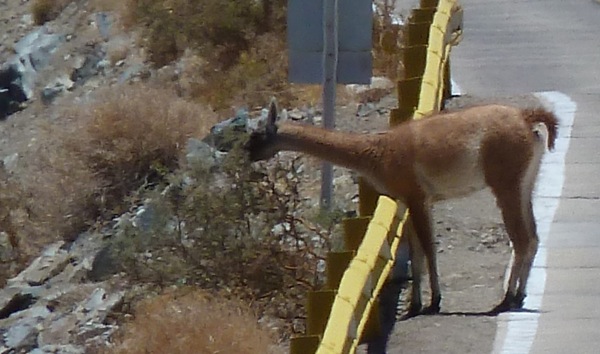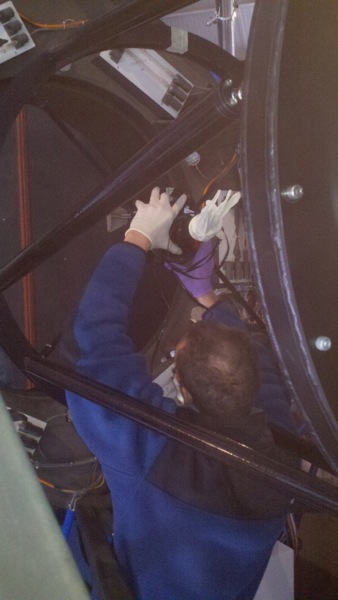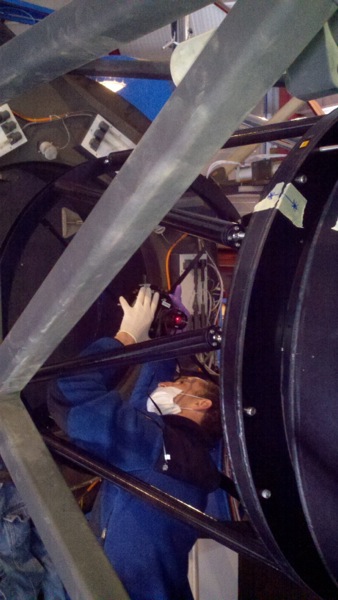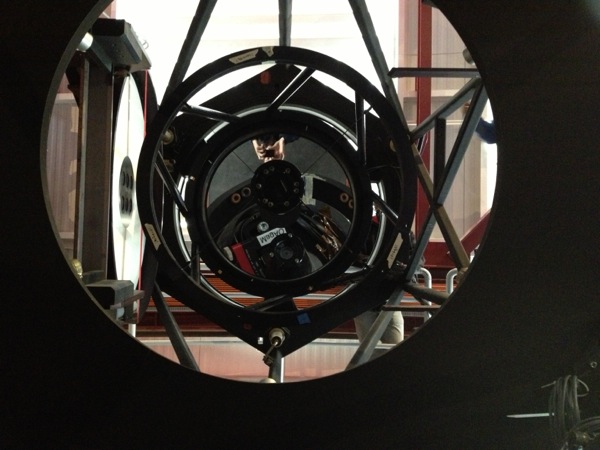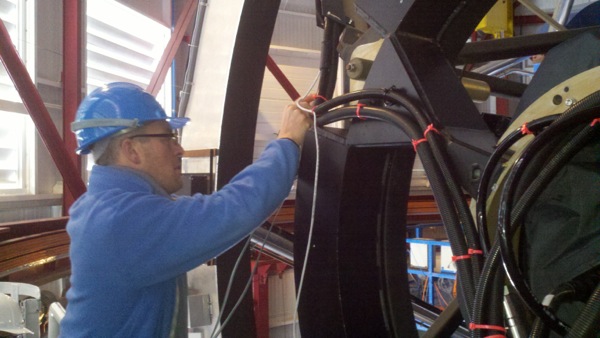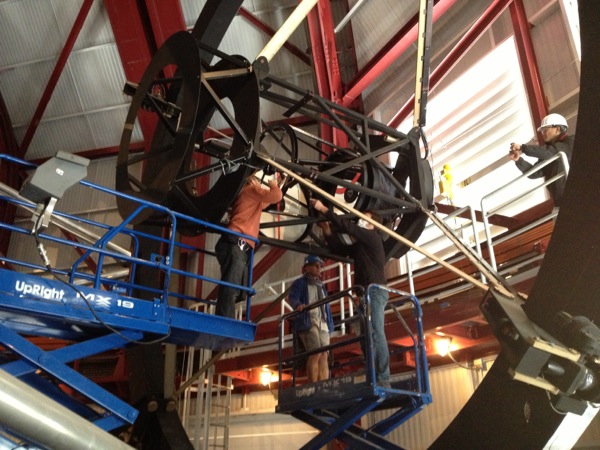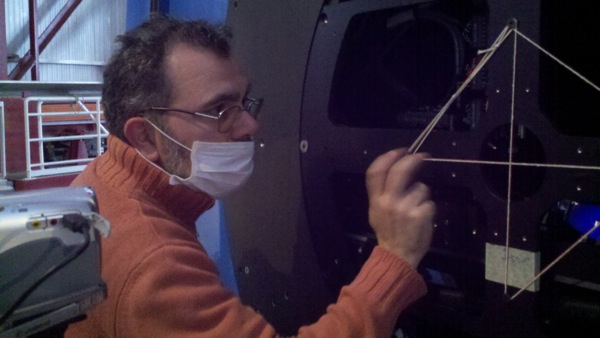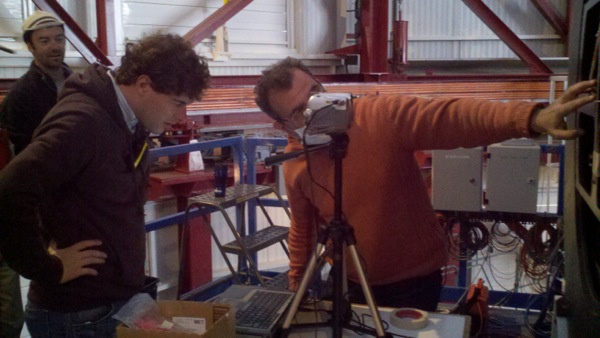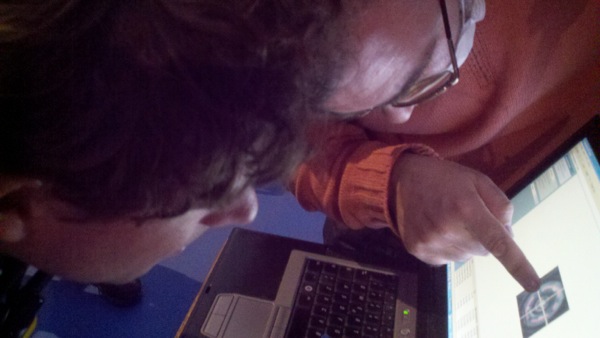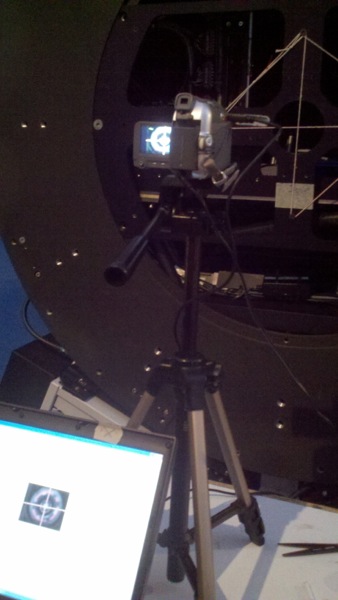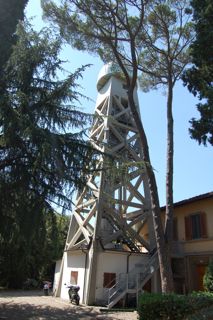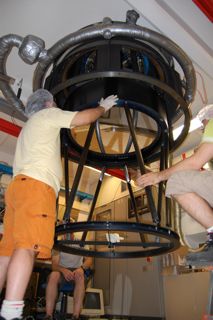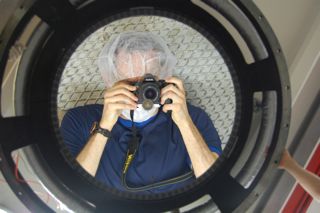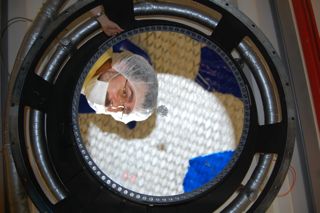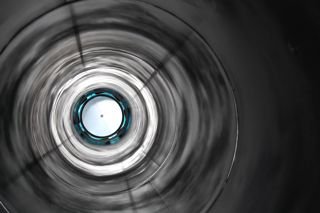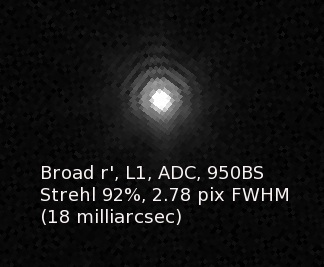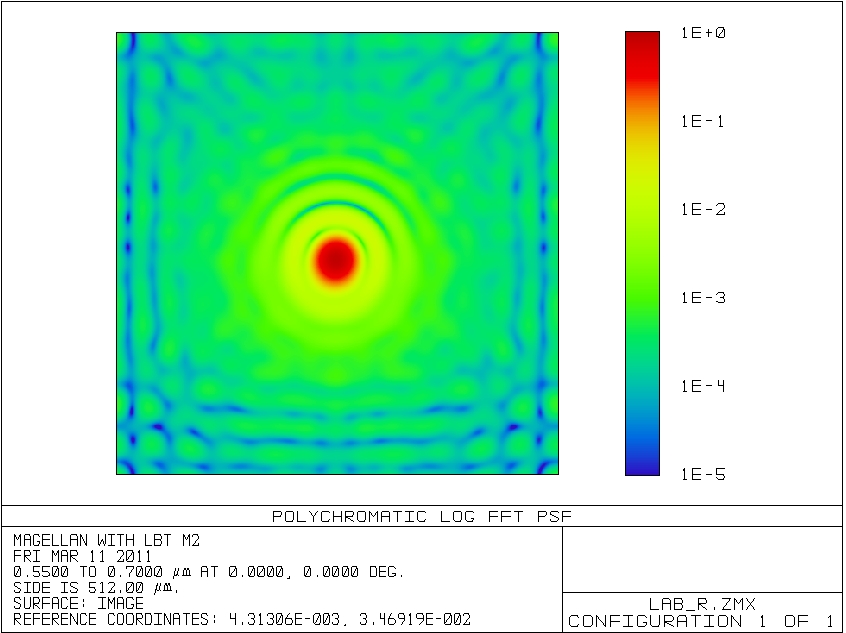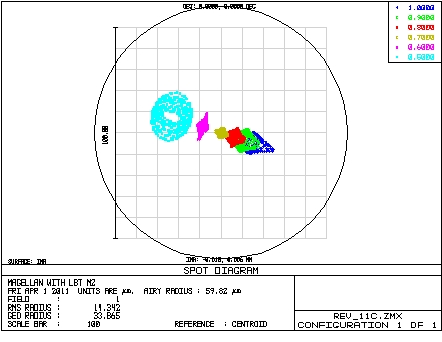“Without phasing, there’s no real reason to build the GMT.”
-Andrew Szentgyorgyi
The biggest optical/infrared telescope in world will be the Giant Magellan Telescope, which will be built on a nearby mountain peak within sight of the Clay and Baade telescopes at Las Campanas. The telescope will have 7 primary mirror segments and 7 adaptive secondary mirrors, similar to the Magellan AO system.

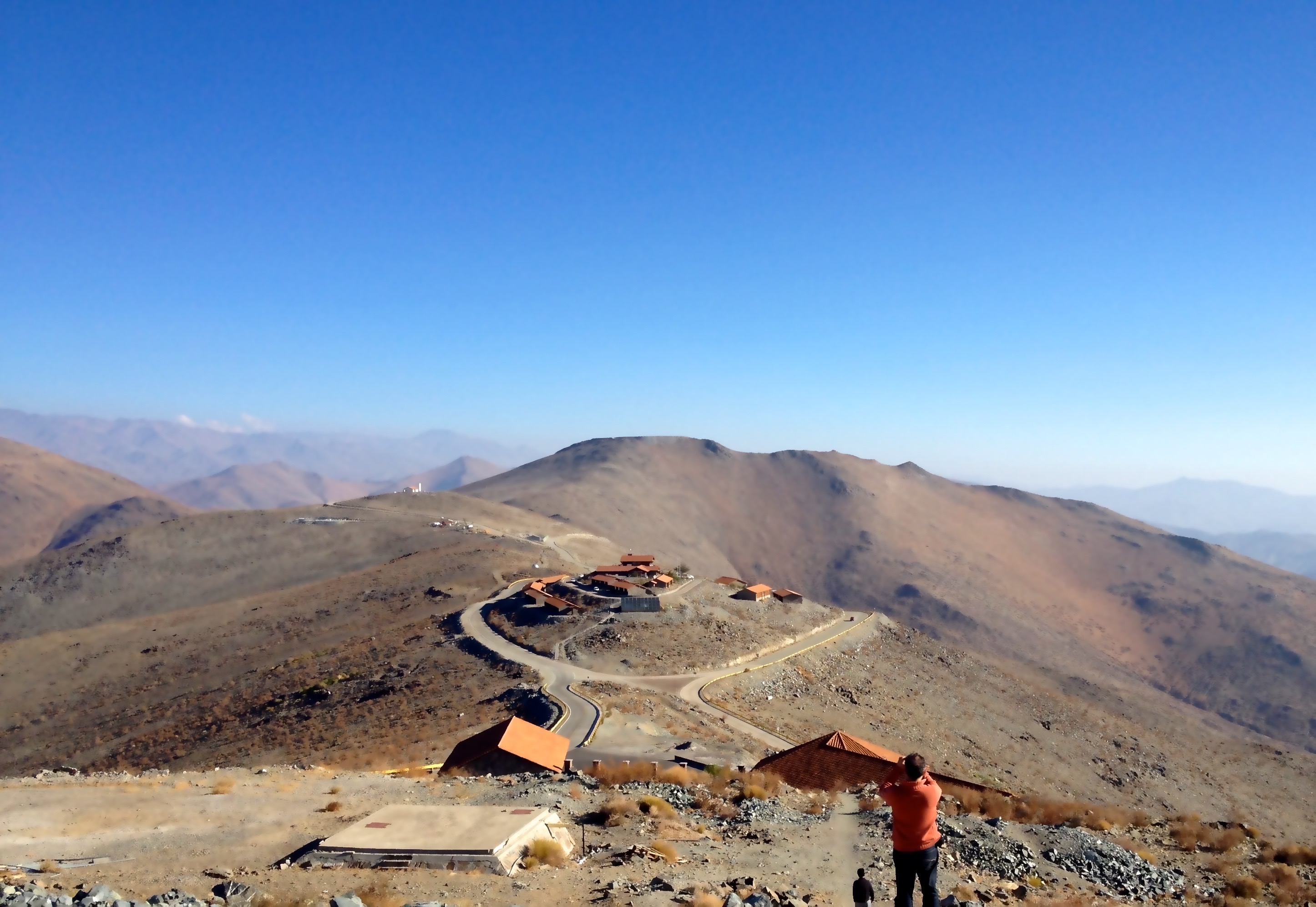
If we could build any optic we wanted for the primary of the GMT, we would probably build a monolithic 30 meter diameter (or larger) mirror made of a single piece of glass, with a thin face sheet and a honeycomb lightweight structure on back. However, at the moment, the largest mirrors in the world are built in the Steward Observatory Mirror lab under the bleachers of the football stadium at the University of Arizona and are limited to a diameter of 8.4 meters. Depending on who you ask, this 8.4 meter limit comes from either the distance between the columns underneath the stadium bleachers, or the size of an underpass on the highway leading from Tucson.

Because of this limit, the GMT is designed to take 7 of the largest mirrors that can be made and combine them to form one giant 25.5 meter primary. For this to be possible, the seven 8.4 meter segments must be “phased” to a fraction of a wavelength. That is to say, they must be aligned to each other so that they act as if they are one large continuous mirror.
To achieve the phasing of the GMT segments using off-axis natural guide stars, SAO and our collaborators at GMTO and Flat Wavefronts have designed a sensor that creates dispersed interference fringes using subapertures spanning the 12 segment boundaries. Phase shifts across the segment boundaries manifest themselves as tilts in the fringes.
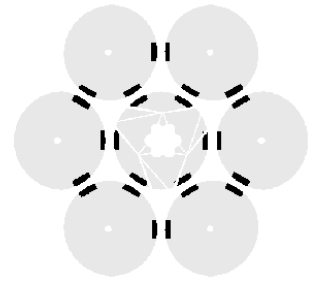
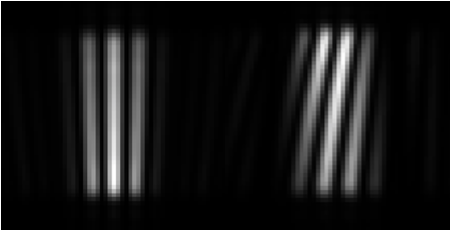
To test this sensor technology, SAO has built a phasing prototype that simulates 6 of the GMT segment boundaries working in conjunction with the Magellan AO system. Our three nights at the end of the MagAO run turned out to be a success.
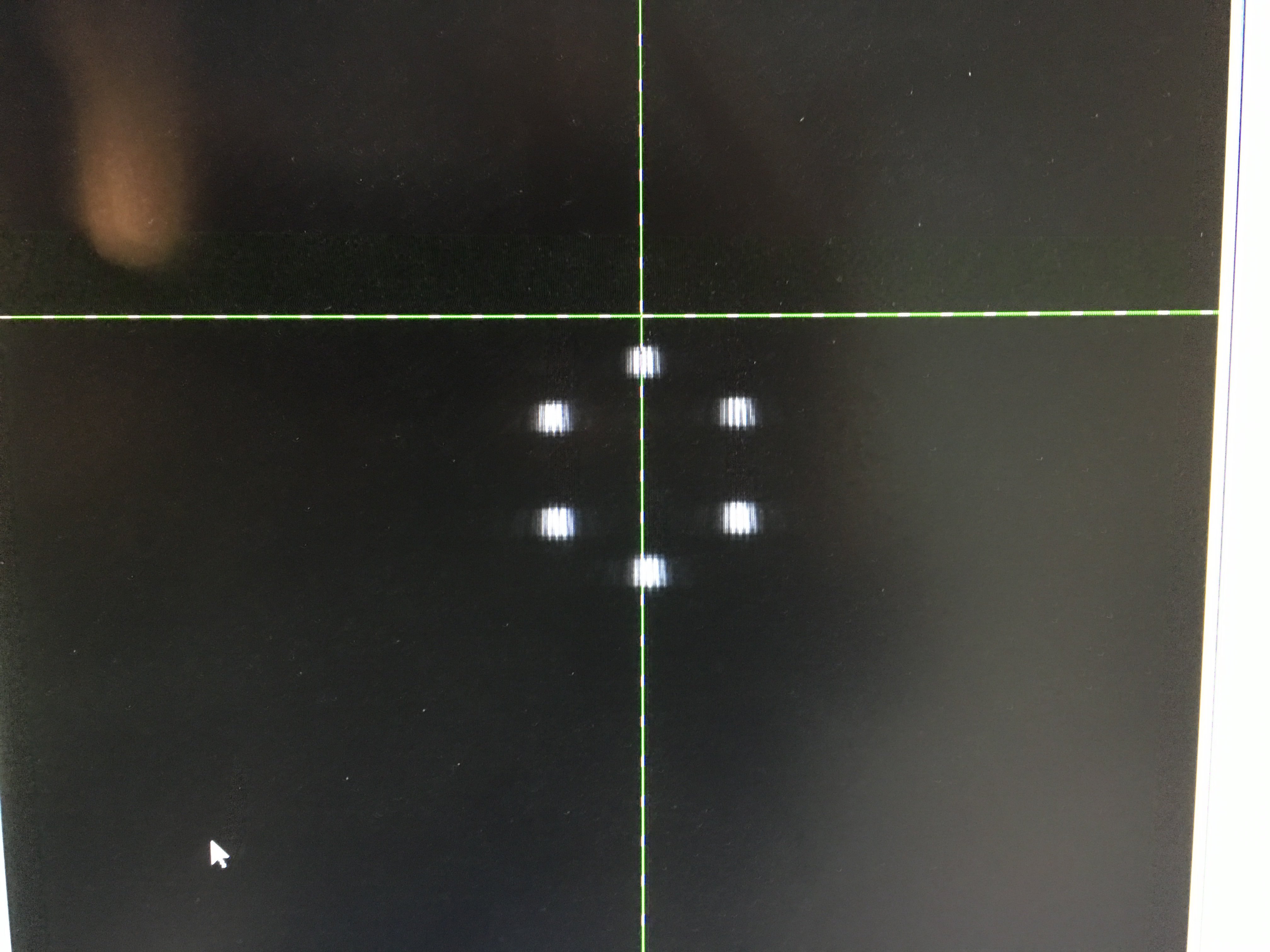
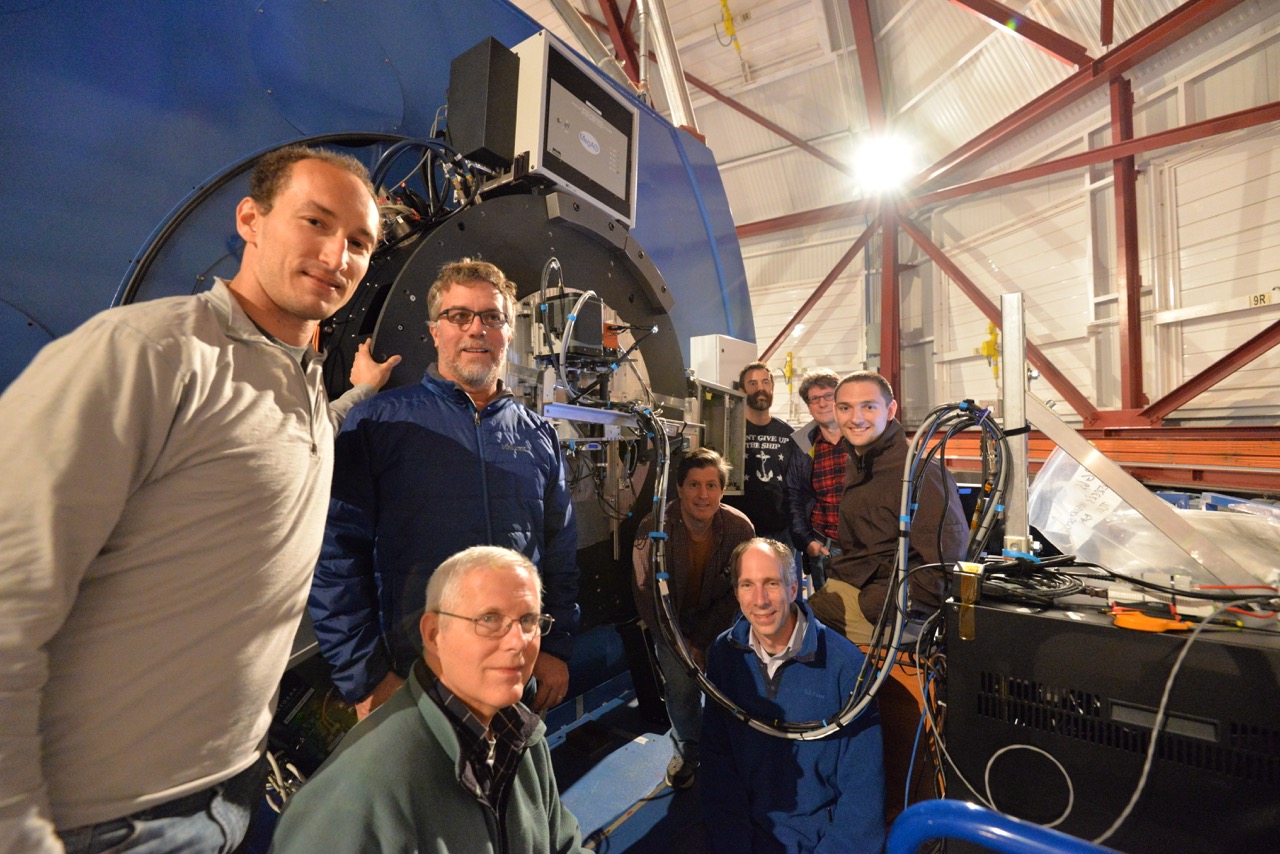
We obtained phasing data both on-axis and off-axis, with AO on and off, and at two different wavelength bands (I and J). This data, and data that we gather during another run possibly in February, will inform the design of the GMT phasing sensor, scheduled for first light in the next decade.
Lastly, a “song of the run:” Phazing, by Dirty South:
https://www.youtube.com/watch?v=031hzipvnTY
